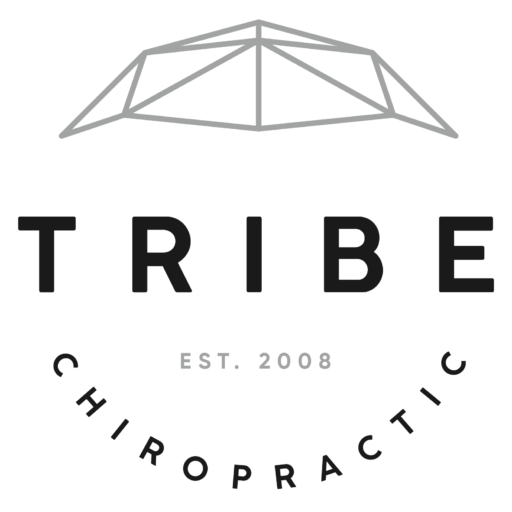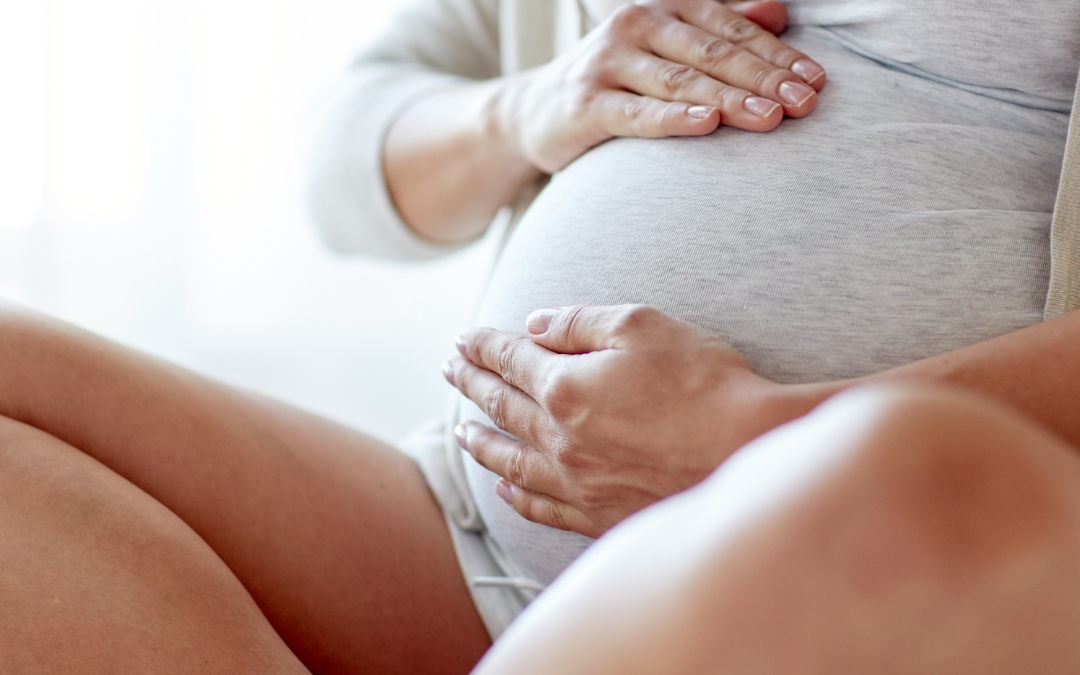50-70 percent of pregnant women experience low back or pelvic pain (1), and after birth. Medically, it is expected that pregnant women will get some degree of back pain.
Back pain and pelvic pain (or dare I mention it symphysis pubis pain) can be disrupting (debilitating) affecting activities of daily living and sleep. In majority of cases, help can be found by seeing your local prenatal trained Chiropractor, Osteopath, Physiotherapist, Acupuncturist, Massage Therapist, or a combination of therapies to support your individual needs.
Back pain in pregnancy can be related to several factors such as:
- Previous history of low back pain
- Increase in hormones (relaxin) which soften the ligaments of the pelvic girdle, causing more flexibility in the joints. This hormone is important for preparing the lumbar spine and pelvis for birth. This may differ in the last trimester as it can affect the musculoskeletal support to the lower back causing increase firing in pain fibres and altered movement patterns, resulting in joint restrictions and instability.
- Changes to your centre of gravity. As your infant grows, your stomach enlarges and gets heavier. Your centre of gravity will move forward causing your posture to change. Pelvic pain, groin pain or tightness, leg and feet pain/aching, rib cage and thoracic (mid) spine pain, neck pain and tight jaw are all common as your COG moves forward to compensate for your growing infant.
- Posture and habits. Poor posture and weak postural muscles (back muscles, buttock and thigh muscles) due to prolonged sitting, prolonged standing, or a lack of movement can trigger or increase the sensation of back pain. Excessive bending and lifting is also a factor to consider when experiencing or trying to manage or avoid back pain. (Ie bending over to lift a toddler)
- Stress
- Hydration and nutrition. Hydration through pregnancy and a nutrient dense diet is important for any pain syndrome experienced in the body but, also important for the health and wellbeing of your body to sleep well (or better) to heal and decrease firing of your pain pathways.
- Sleep. Disturbed sleep is common in pregnancy due to comfort, needing to go to the toilet (again) or the start of play time in mum’s stomach (foetal movement). However, disturbed sleep due to pain can cause more stress and irritability which will not only affect the state of mind, but also affect your healing of the ligaments and ability to diminish pain pathways.
While back pain may not be 100% preventable (we wish it was), it CAN be managed. Key ways to do so are: - Seek trained practitioner support, such as your Chiropractor.
- Perform exercises to support and strengthen your back and abdomen. For specific exercises to your situation, seek profession health care practitioner advice, but for healthy pregnant individuals experiencing back pain for the first time, some recommended gentle exercise routines are pregnancy yoga and pilates with an exercise physiologist. We also encourage regular movement and mobility through slow swimming, hip mobilisation series, walking in water and gentle stretching.
- Change in daily habits:
a. Squat to pick up object, do not bend
b. Sit to pick up your toddler (if you can!) or squat down to their level to talk to them or give them a hug, do not bend over and lift (if it can be avoided).
c. Avoid lifting heavy objects including the washing basket full of wet clothes (make the load lighter)
d. Avoid all cleaning! Avoid anything that involves bending over, a split stance or prolonged standing!
e. Avoid wearing heel, unsupportive shoes such as thongs or tight tampered shoes.
f. Wear a pregnancy support belt under your lower abdomen. This will help to support the ligaments of your pelvis making it easier to move and alleviate pain. - Use an exercise ball. Sit on the ball and rock front to back or sway side to side to mobilise the low back. Otherwise lean on the ball with your upper body while on all 4 to let your abdomen be weightless and allow relaxation of your low back; you can gently sway in this position as well.
- Rest and sleep. Sleep and down time are not respected enough in today’s society but, it is very important to healing and development of the infant. Sleep on the left side with a pillow between your knees and cuddle a pillow with your arms (especially if you’re a stomach sleeper, find a nice pillow to cuddle it will help you sleep better).
- At Tribe Chiropractic we support multimodality approaches tailored to the patient however our treatments focus on Chiropractic care for the pregnant patient. How Can Chiropractic Help?
Chiropractic care has been shown to be an effective modality for the management of back pain and is, in most cases, a safe and effective practice during pregnancy however, if you have vaginal bleeding, placenta prevue or placenta abruption (or history of), history of topic pregnancy, please be checked by your GP before seeing your Chiropractor. Chiropractors trained in prenatal care will used adjusting tables and pregnancy pillows to protect and accommodate for a growing abdomen. They will modify their techniques (and usually have lots of techniques to utilise which aim to protect your abdomen and support your body through each trimester) to help you and tailor the care to your individual case and medical history.
As your baby grows, spinal curves and centre of gravity change, and hormones alter to prepare your body for the baby’s growth and for labour. Your posture will compensate accordingly putting stress on weight bearing centre of the spines.
It is well established in Chiropractic, midwifery and other prenatal therapies that deal with the biomechanics of the spine, that a pelvis that is not moving correctly or is out of alignment can potentially restrict the space available for your baby and can alter the shape and size of the birth canal. This is called intrauterine constraint.
Evolving evidence points to improved outcomes in pregnancy and labour for women who seek care from a registered professional who specialise in biomechanics of the spine, during their pregnancy. In fact, it has been suggested that it may help reduce the length of time you’re in labour, and that can provide your baby with as much space as possible to grow and move over the course of your pregnancy.
Other pregnancy issues that we see in our Chiropractic office:
• Help you maintain a healthier, more comfortable pregnancy
• Relieving pain in the back, neck, hips, and joints
• Help to control symptoms of nausea, bloating and indigestion caused by postural changes and position of foetus
• Feet pain and swelling.
To learn more about the details of what is involved in a chiropractic adjustment, read our ‘Who should see a chiropractor’ and ‘What is Gonstead’ blogs through the following link.
References
Beliveau PJH, Wong JJ, Sutton DA, et al. The chiropractic profession: a scoping review of utilization rates, reasons for seeking care, patient profiles, and care provided. Chiropr Man Therap. 2017;25:35. Published 2017 Nov 22. doi:10.1186/s12998-017-0165-8
Alcantara J, Nazarenko AL, Ohm J. The Use of the Patient Reported Outcomes Measurement Information System and the RAND VSQ9 to Measure the Quality of Life and Visit-Specific Satisfaction of Pregnant Patients Under Chiropractic Care Utilizing the Webster Technique. J Altern Complement Med. 2018;24(1):90-98. doi:10.1089/acm.2017.0162
Borggren CL. Pregnancy and chiropractic: a narrative review of the literature. J Chiropr Med. 2007;6(2):70-74. doi:10.1016/j.jcme.2007.04.004
Higginbottom MC, Jones KL, James HE. Intrauterine constraint and craniosynostosis. Neurosurgery. 1980 Jan;6(1):39-44. doi: 10.1227/00006123-198001000-00005. PMID: 7354899.

